|
The Exorcism from director Joshua John Miller is a story about Anthony Miller, a down and out former alcoholic and addict actor who lands the role in a remake of a famous horror film after the original star of the remake suffered a deadly accident on the set. At the same time, Anthony’s estranged daughter Lee comes to live with him after being kicked out of school. As the filming goes on, Anthony’s behavior becomes strange and erratic, leaving his daughter to wonder if he has fallen back on his old habits or if there is something darker taking hold of her father. The best description for The Exorcism is the same description the on-screen director gave about the remake they were making; “a psychological drama wrapped in the skin of a horror movie.” The story here is more about exorcizing your inner demons than it is about demonic possession. Russell Crowe puts in one of his best performances as Anthony. You feel the character’s depression, struggles with addiction, and challenges he is facing in the unforgiving industry that is Hollywood. You can also feel his confusion as he tries to work out if the cause of his behavior is because of his vices or due to an actual demon inside him. You are sympathetic towards him and his daughter who still loves him but can’t forgive him for his past actions. Ryan Simpkins puts in a solid performance as Lee, and has a great connection with Crowe. The two felt like an authentic father/daughter pair, and that dynamic is the heart of the film. I also liked the chemistry between Simpkins and Chloe Bailey who plays Blake Holloway, one of Anthony’s co-stars. I would have liked to see Bailey get more screen time. Blake was mostly there to be the love interest for Lee but thanks to Bailey’s performance, you could tell there are more layers that were never explored. There are a lot of meta references going on in The Exorcism. It is directed by the son of Jason Miller who played Damien Karras in The Exorcist. A number of sets in the movie within the movie are very similar to sets in The Exorcist, especially the bedroom. Some of the lines of dialog Anthony Miller has are also very similar to Damien’s dialog. The idea that the movie being made is cursed is a reference to the idea that the original Exorcist film was cursed. This parallel is enforced with Peter, the director of the remake. Peter is played by Adam Goldberg, and I do not think it is a coincidence he looks very similar to John Landis. Landis directed Twilight Zone: The Movie which is also considered to be a cursed film. After the opening scare, it takes a while for The Exorcism to get into a full horror groove. There are creepy demonic moments peppered along the way but it doesn’t get back to being full-blown horror until the final fifteen minutes. The moments we do get are very effective, such as a subtle gimmick they do with Crowes’ eyes and a rather abrupt and brutal kill of a supporting character. Many old-school techniques are used such as a disturbing sound design, with use of shadows and a moody soundtrack to help underscore the creepy tension.
For those looking for wall-to-wall horror or foul mouth tirades punctuated with excessive amounts of bodily fluid being thrown across the room, The Exorcism will not be for you. If you are looking for a horror themed drama about inner reflection, coming to terms with your past actions and starting the process of healing then you will want to check it out. As a straight horror film, I would give it 2.5 out of 5 but as a dramatic film with horror elements I would give it a 3.5 out of 5 for the direction and the excellent performance of Russell Crowe. #theexorcism
0 Comments
Do you ever wonder what the time in between victims was like for Jason Vorhees or Michael Meyers? The walking from destination to destination? Director and writer Chris Nash decides to answer that question with In a Violent Nature, an indie slasher film that is told from the perspective of the slasher. Not just any type of slasher, specifically the camp slasher. In a Violent Nature, a couple of campers end up taking a locket they find hanging from a hook in a collapsed fire tower. This awakens the body of Johnny, a victim of a sixty-year-old crime. This resurrected soul leaves a trail of blood and guts in its wake as it searches for the stolen locket and seeks revenge on those who stole it. In A Violent Nature is a creative approach to a straightforward story we have seen many times before. For the majority of the film, the audience follows behind Johnny as he makes his way to his victims, similar as if you were watching a character in a video game. Nash changes things up visually when Johnny goes in for a kill, and we get tracking shots through the rooms of a house, reverse angles where we can see Johnny coming up behind his victim, and one campfire scene that gives us a brief look at the group of campers Johnny is going to kill. The kills are brutal and gory. The practical gore effects are amazing and one of the highlights. The work of Cinematographer Pierce Derks really helped keep things interesting visually. I particularly liked the moments when the camera would stop and stay static as Johnny walked out of focus towards his prey. There is also solid editing of Johnny’s walking scenes to help convey the passage of time so you know how long he has been walking, without having to experience the full length of travel. Johnny is played by Ry Barrett who does an excellent job in embodying many of the silent slasher characters that have come before. I caught hints of Michael Meyers, a lot of Jason Vorhees, and even some Cropsy from The Burning. He also brings in his own nuance to the character, especially once he acquires the mask and weapon of choice, two big hooks connected with a chain. He is a silent character so what little emotion he feels is shown through body language. Barrett emotes these feelings perfectly with just a head tilt or gesture. The true hero of this film is not in front of the camera, but behind it. The entire sound department should get top billing for their wonderful work in the sound design. Sound is so important in horror and this team nailed it in every aspect. From the sounds in the woods, to the crunching of leaves, to the smashing of heads, all of it helped put you right there behind Johnny. With no music soundtrack to speak of, the sounds stood out even more. There was room for improvement in a few of the scenes. One involves a kill later in the movie that seemed a bit out of character. I don’t want to spoil it, but I will say given what we had seen of Johnny by that point in the movie, I would have expected a bit more. There is also something they do with Johnny during a scene involving a mini car on a keychain that I wish they had not done as it took away some of the mystery for me. The ending could have been shorter as there is a setup with no real payoff, just exposition. While I get what they may have been going for, it didn’t quite work for me.
In A Violent Nature is a very creative slasher film that takes some risks bucking the expectations one may have for this type of story. It gets top marks for all of the technical aspects while having room for improvement on the story. I can see why many horror fans are divided on it. I find it a refreshing change from many other slashers and can find myself watching it again sometime. If you are looking for something different in your slasher film, this one definitely is going to be for you. The effects of abuse and mental illness are a common subject in the horror genre. Using horror to explore these topics is a very effective way to convey what the victims go through everyday. There is a new feature film on Amazon Prime that addresses this topic with a supernatural spin. Actress and Producer Nicole Nigalia makes her feature film debut with Porcelain. In Porcelain, Elise learns her estranged father had passed away forcing her to return to her childhood home with her boyfriend to handle the estate. While in her childhood home, she begins to feel as if something sinister is in the house haunting her. Soon the line between reality and nightmare blurs as her past comes back to haunt her. Porcelain is an emotionally dark, sharply executed dramatic horror film that keeps you guessing. The viewer joins Elise’s descent into darkness as she is continually triggered by various items in the house, like the old dolls she played with as a kid. I loved the uneasy atmosphere that is conveyed every time we are inside the home. The director also helps maintain the question of “Is the house actually haunted or is it Elise that is internally haunted by the abuse of her past?” There are not a lot of special effects, but there is some creative camera work by cinematographer Richard Trejo that helps keep things creepy. The dolls help enhance the horror even though they do not move or do any Chucky-like things. The story is played very straight and with the seriousness needed given the subject matter. Nigalia is not only behind the camera but also in front of it as Elise. She puts in an emotionally charged performance that could not have been easy to pull off while also directing. She drifts from being feeling disconnected emotionally to her boyfriend, to loving him, to being overwhelmed by forces in the home tormenting her. As things about Elise’s past come to the surface, you feel major sympathy for her. You also feel sympathy for Caleb, her boyfriend played by Hunter Johnson. When we meet him he seems a little possessive and quick to jealousy. But as the story unfolds, we see how much he loves Elise. He goes through his own challenges as he weighs staying with the woman he loves, who is suffering from mental illness, or just leaving. All of that comes through thanks to Johnson’s performance. What stood out most is the portrayal of someone suffering from mental illness due to abuse. This is sometimes handled either too softly or is portrayed so over the top it feels like it is almost comical. Porcelain addresses it just right. You feel for the victim, understand why they are the way they are and also feel for those around them who just want to help even when the victim refuses it. Given my own personal experiences, I related with both on a number of levels, making watching what Elise goes through tough in certain scenes. This is a character driven, slow and steady horror film that may not be for those looking for a scare a minute. While there are scary supernatural elements to the story, Elise’s breakdowns are even more scary, especially for those who have experienced something similar in real life. This isn’t going to be for all horror fans but if you enjoy solid, psychological dramatic horror stories then you will want to watch Porcelain.
Indie filmmakers make getting the most out of limited resources an art form. One recent film that is a good example of this is Dog Bites Man from Director Vincent Zambrano. While on a weekend getaway, a couple is attacked by a dog from a local village. While trying to contact the local dog warden, a rock is thrown through a window of the farmhouse they are staying in. When trying to escape they find the air has been let out of their tires, cell phones are locked in their car, and the dog has returned. They now find themselves trapped in the vacation house, cut off from the outside world and unwilling participants in a new Civil War. Dog Bites Man is a completely character driven, dialog heavy movie that progresses like a stage play. I felt it was a really creative way to tell the story as well as cover the many topics discussed. When we are first introduced to our two characters, Darm and Evo, the initial dog attack has already happened. Darm, played by Andrew Rogers, is a poet who initially seems to be the braver of the two. Cade Morrison’s Evo is the more “ one. The dynamic between the two fluctuates throughout the movie. Overall, Darm seems to be more level-headed, but there are moments of paranoia and fear that seep through the cracks. When this happens, Evo then becomes the more rational of the two. Their topics of debate range from local bigotry towards their lifestyle, to anti-intellectualism, to whether they should just continue to try and enjoy their weekend regardless of the potential threat outside their door. These back and forth interactions explore how quickly things can escalate to “Us vs Them” and if such thinking is actually warranted. There is a running gimmick with the two debating if they should eat the ice cream in the kitchen or not. While this is funny, it also is an example of trying to find something comforting to latch on to while your brain is running a mile a minute in fear. The direction and camera work kept things interesting considering the story focuses on just two people in one location. While much of the story is the banter between Evo and Darm, Zambrano does an excellent job of reminding the audience and the characters of the threat outside. These moments tend to happen just when our pair seems to be getting comfortable. I felt the message that was trying to be conveyed is that you always need to be on guard with your beliefs because they are always being challenged. If you get too comfortable, those beliefs could be squashed. There were a couple of times I questioned where the story was going. It was at those moments that things took a turn and the message became clearer.
Dog Bites Man is a talk-heavy film with a lot to unpack. This would be a very fitting movie to be shown in colleges to spark discussions, or possibly translated into a stage play. If you are looking for an action-filled story or a slap-your-knee type of comedy, then this is not going to be for you. But if you are interested in watching debates on current cultural topics performed by two very talented, charismatic individuals in a stage-like setting, then you will want to check this out. Dog Bites Man is now available on Amazon Prime Video: www.amazon.com/gp/video/detail/B0CV2KM2GS/ Agoraphobia has been used quite often in film. The idea of being afraid of the outside world presents an opportunity to explore different aspects of human nature. It is also something that I think resonates with more people after the pandemic. Girl Upstairs is about Dulce, a successful artist who has a major case of agoraphobia. She lives a secluded life in an apartment above a movie theater, with her only human interaction being with her agent on the phone. In a recent shipment of art supplies, Dulce finds a number of rolled up skins. Her agent sent them to her for inspiration. Dulce discovers that what she paints on the skins will come to life. Soon, she has two new friends to keep her company. Unfortunately, one of her new companions does not share in Dulce’s desire to stay away from the outside world. Things take a dark turn as the drive to explore the world outside overrides Dulce’s insistence to stay inside. Director Kevin Van Stevenson gives us a dark, slowly burning drama that will keep you intrigued with unpredictability. As we learn more about the main character, you'll come to understand how suffering a very traumatic event as a child can affect a person later in life. Dulce is a complex character played perfectly by Holly Blair. Blair shows a full range of emotion, from the childlike delight at the sight of her crush, to the torment she feels from her past, and the deep-seated fear of the outside world. Child-like is also a good way to describe Gustavo Centra’s Webster. This is the first creation to come to life, and he is almost a blank canvas. Dulce takes it upon herself to teach her new companion about the basics of being human. The interaction he has with Dulce reminded me a bit of the interaction between Edward Scissorhands and Kim, Winona Ryder’s character in that movie. Dulce seems to have a subconscious joy in having control over Webster. She discourages him from going out into the world and he complies. This dynamic gets upheaved when Webster asks for Dulce to bring one of her other paintings to life; a portrait of a woman Dulce names Mimi. Sara Catherine Bellamy is Mimi, who is completely the opposite of Webster. She learns quicker, has her own ideas, is confident and defiant. Mimi also has a darker, devilish side. I loved how Bellamy was able to convey this through her facial expressions as well as her line delivery. There is a scene involving the three having dinner where Mimi is so mischievous that she gets Webster into trouble. The look on her face as she did it was chilling. It is left to the audience to decide why Mimi is more advanced in development when compared to Webster. I think it is because the Mimi painting has been around longer. It was a painting that Dulce talked to often, sometimes even insulted. Mimi’s drive to see the outside world changes the power structure between the three, culminating in a shocking yet thought provoking ending. Girl Upstairs is not going to be for those looking for a high-tension drama or dark thriller. This one is for the fans of character-driven slow-burns that keep you guessing until the end and beyond. There are no fancy special effects, save for some wonderful practical gimmicks at the end. The strength of the film comes from the solid performances by the three principal actors and the clever direction of Stevenson, making it worth a watch. You can check out the trailer for Girl Upstairs below and see it on Tubi now. One of the joys of covering independent movies is seeing how resourceful filmmakers can be when telling their story. Some focus on a small cast or singular location, while others find creative uses of stock footage. Then there are those who choose to tell their story through the art of animation; enter Max Beyond. Director and co-writer Hasraf Dulull presents an ex-marine named Leon who goes to great lengths to attempt and rescue his 8-year-old brother Max from a science research company. The company is doing experiments to try to use Max’s ability to travel across multiple dimensions, through time and space. As Max travels through dimensions, the story plays out in the same tragic way in each. Max hopes to find the one dimension where he can live happily ever after with his brother, before it is too late. Max Beyond is a rich story that pulls you in and keeps your attention. While the animation style may not be for everyone, I would suggest you look past it to experience the wonderful voice acting and heartbreaking story. It manages to keep the looping story gimmick fresh, with each instance of the same story having enough variation to keep it interesting. The characters continue to develop depth as we are presented with each reality. The audience gets to see all aspects of Leon as well as Ava Johnson, the main scientist working with Max to understand his power. Johnson is voiced by Jane Perry, who does an excellent job in conveying Ava’s true feelings about Max. You get the idea that Max is more than just a project to her, regardless of which version we see. Leon’s love for Max is also very evident throughout. Dave Fennoy really brings Leon to life. I felt for all versions of Leon, even those that were less than honorable. All versions of Leon loved Max and were determined to rescue him. Those emotions come through crystal clear thanks to Fennoy. There is a lot of action taking place over the course of the story. These scenes were well choreographed and animated; you could tell what was going on in every frame. There were a number of times I felt legit tension even when the outcome was obvious. Leon did have too much plot armor in the earlier fight scenes. While some of it can be attributed to the fights being shown through the eyes of a child, there were still a number of times where the bad guys should have had Leon dead to rights. They shot like stormtroopers from Star Wars. There was one main bad guy soldier who was deadly accurate, The Sync. I loved the design of this assassin. Not only was it intimidating, but it reminded me a bit of TRON. The animation style of Max Beyond took a little getting used to, as it is quite different when compared to other modern animated films. The animation is sharp and vivid in color, while the designs of the world and characters were like something you might see in the late 1990s or early 2000s. This may be a bit jarring for the first few minutes but thanks to the direction and high quality voice acting, you will soon forget that you are watching an animated film. Quick content warning: this isn’t a cartoon meant for young kids as there is quite a bit of blood and mature language. Max Beyond is an ambitious artistic project that works for the most part. You can tell a lot of hard work and dedication was put into telling this story. The overarching theme of hope and persistence to change things is a positive message that I find is lacking in many movies nowadays. It is great to see filmmakers still taking innovative approaches in getting their story out into the world. There is a lot here to enjoy and I think it is worth a watch.
Sanity takes a back seat in the new horror comedy, Bloody Bridget, from veteran filmmaker Richard Elfman. Bridget O’Brian is a burlesque dancer whose boss is horrible to her, her boyfriend cheats on her, and her scum-bag lawyer hits on her. Then when she finds herself in jail, she is abused by the warden. Not able to take any more, Bridget decides to end her life but her attempt is thwarted by Baron Samedi who believes her to be his wife Maman Bridget reincarnated. He turns O’Brian into a “Valentine Vampire” who takes the term “Eat your Heart Out” literally. She has a blood lust that can only be satiated by eating the heart of a person. She uses this new-found power to exact revenge but, as is always the case, there is a price. Bridget doesn’t want to pay the bill for her new powers so she enlists the help of a rag tag group of individuals that include a priest, two lawyers and her best friend to get her out of the pickle she is in. Bloody Bridget is a bloody punk rock fever dream that is exactly what you hope for from the director of The Forbidden Zone. The gonzo energy of this cinematic experience was very refreshing. From the kinetic editing to the rainbow of colorful characters, all of it had me smiling from frame one. As wild as this story is, it has a cohesive narrative with character arcs and a satisfying conclusion. Anastasia Elfman plays Bridget O’Brian and I cannot think of a better person for this part. She has an infectious energy that lifts every scene. You can tell she is enjoying this role, especially when she Bridge-outs, which is what I call it when she turns into the vampire Bloody Bridget. The vampire makeup on Anastasia looked amazing. From the wild hair, to the glowing red eyes, and let's not leave out the teeth nipples. Anastasia will have you cheering and laughing every time she devours the hearts of the wicked. The supporting cast are just as entertaining. Jean Charles plays Baron Samedi to a tee. I loved every moment he was on screen. Bridget at one point hires new legal counsel in the form of Daniel Dershowitz Sr and Daniel Dershowitz Junior. Dershowitz Senior is played by Rick Howland and Junior is played by Evan Ekenrode. These two were amazing together and I was happy to see them play a major part in the second half of the film and not just be one off type characters. Marcos Mateo Ochoa is Pepe, Bridget's loyal yet silent bestie. Pepe conveys nearly everything through pantomime perfectly. Ochoa’s interaction with Anastasia made for some funny and touching moments. While Tom Ayers is the boss that you are gonna love to hate, Tony. He seems to be relishing playing this awful character. The thing I loved about everyone involved is that they seemed to be having legitimate fun. It was as if we were watching a bunch of friends who just got together to do a play for themselves. The audience around me was laughing, whooping and hollering with delight which added to the viewing experience. Bloody Bridget’s overall production value reminded me of classic campy Full Moon Features. The sets, lighting, and composited backgrounds all gave it the feel of those direct-to-video films that made Full Moon famous and made me fall in love with b-movies. As you may expect, the music used is a perfect fit for every scene, thanks to the involvement of Danny Elfman and Ego Plum. Listen for a classic Oingo Boingo tune or two as well. Fingers crossed we will get a vinyl release of the soundtrack. At one point there is a band playing in the bar where Bridget works and all the band members have masks. I suspect if you looked underneath those masks you would find the members of Oingo Boingo but that could just be wishful thinking on my part. This film is not going to be for everyone, but if you are a fan of campy, schlocky, bloody, horror-comedy-musicals with high energy and some T&A, then Bloody Bridget is for you. I highly recommend you go see it if it is showing at a festival near you. While you may find it a good watch at home, it is more entertaining to experience it with an audience. I can’t wait for another helping of Bloody Bridget when the inevitable sequel comes out.
In the past, when it has come to comedy and faith, it is usually faith that ends up being a butt of the joke. I have seen a number of independent films recently that have taken a different approach to the genre, portraying faith as part of the joke rather than the victim of it. Joe Crist is one of those films. It tells the story of Joe Crist, a rather successful bounty hunter who has grown in reputation of being a badass killer over the past three years. When he shows up in town to visit an old friend, he takes a job to track down a missing girl. While looking into it, Crist is shot and put in a coma. When he awakens forty days later, he discovers he has a divine power. With his new powers, Crist saves people from the icy grip of death and delivers justice to the vicious gang that controls the town with fear and violence. Director Mark Allen Michaels manages to make Joe Crist a funny, lighthearted western that involves faith -elements without making fun of the faith itself. The idea of a bounty hunter using his divine powers against evil forces is wrapped in a satirical western skin that many fans of the genre will enjoy. Joe wonderfully played by Dallas Valdez. There is definitely a Clint Eastwood spirit in this character, the gruff voice and the steely-eyed look is definitely there. Unlike “The Man With No Name”. Valdez has a grin curled around the corners of his mouth letting you know that not only is he having fun but what type of film you are in for. I loved the gimmick Joe had of always taking the clothing from his bounties if he found their clothes more appealing than what he had on. This was done just enough times to make me laugh out loud without it overstaying its welcome. Carrie Keagan is Maggie, the local bartender and Joe’s love interest. Joe and Maggie are wonderful together. Valdez and Keagan have an adorable chemistry which helps sell the feelings the two characters have for each other. Del, Joe’s loyal and trusted friend, is played by Curt Lambert. He happily carries most of the comic relief with tossing out one-liners while he carries a drink in his hand everywhere he goes. The rest of the cast is fun to watch as well. Everyone knows what type of film they are making and that fun energy comes through to the audience. Joe Crist is not a heavy movie by any means. The bad guys do typical western bad guy things but those scenes are handled with a lighter touch. The special effects are serviceable for the type of film this is though they could have cut back on the CGI blood. In some scenes the quality of the effects adds to the humor. There was a rough patch in the dialog in the middle of the film that I wish would have been cleaned up. At one point Del makes a reference to how long Joe has been gone but later in the film that number changes. It might have been done as a gag but it was one of the only jokes that didn’t land for me. This is a very light, non-preachy, breezy western comedy with a fun, talented cast. Those who enjoy westerns will find a lot here to make them smile as will those who enjoy faith themed movies, if they don’t mind the violence. While it may not be for everyone, I think it’s overall positive spirit makes it worth an hour of your time.
Secrets, everyone has them. The married couple in Art of Deception has a big one. In this thriller from Director Richard Ryan, Joseph Markham and his wife Valentina get caught up in a global conspiracy involving a deadly virus, the cure for the virus, and a microchip. Joseph works for the C.I.A. When he discovers one of the projects he has been working on is actually part of a secret plot of the C.I.A.’s Deputy Director to take over the world, he decides to fight back. The Director has Valentina kidnapped and tries to discredit Joseph in an effort to keep his global domination plan a secret. Little does he know that Joseph and Valentina have a secret of their own that will make it very difficult for the organization to enact their plans. Art of Deception is an ambitious film that is part Tom Clancy political thriller, part Mr. and Mrs. Smith, and lots of action. Ryan manages to use the concept of secrecy to his advantage. The sets are fairly sparse, using just enough props to let the audience know what the setting is supposed to be. Things are kept inconspicuous, something a secret organization would want. The bad guy’s plot is also pretty straight forward, giving us just enough details to understand the threat they pose. It is in the action scenes where Art of Deception is the strongest. The scenes are tension filled and sharply choreographed. They are not complex but still look really good for a small budget action movie. The performances of our leads are solid as well. Richard Ryan is pulling double duty by being in front of the camera as Joseph Markahm. He was a believable fighter and held his own in the stunt filled scenes. The relationship between Joseph and wife Valentina also felt like a real loving couple. This connection is helped with the solid performance of Jackie Nova as Valentina. She gets a chance to show off her action skills, and I enjoyed this pairing. I also enjoyed Leon van Wass as Deputy Director Roland Smith. He plays the desperate bad guy to a tee and was fun to watch. Another fun character is the Deputy Director’s sociopath for hire Agent Vaughn, played by Andrew Miller. He was a very formidable and scary character. The cinematography was sharp. You could see everything going on in the well edited action scenes. There is also a beautifully shot dream sequence that involves Joseph wandering a snow covered field. He is eventually joined by Valentina who is wearing all white. It is a surprisingly surreal moment in an otherwise straight-forward story. It helped give a break from the action and added another layer to the Joseph character. There was also great use of shadows in the opening sequence that helped set the tone of things to come. There are a few things that I wish would have been handled better with the Joseph character. They set him up as a very intelligent scientist but for as knowledgeable and worldly as his character is, I found it hard to believe he didn’t realize the connection between the three things he had been working on. I also was hoping there would be a better showdown between Joseph and Vaughn than what we got.
Everyone putting their all in both in front and behind the camera helps elevate Art of Deception above other similar films. While there is not much new here, Act of Deception is a fun watch if you enjoy small budget action films. The new creature feature from Michael Rodriguez is hitting the festival scene. Daisy is about Felix, a veteran soldier turned mechanic who has a unique companion that he brought back from the middle east. Unfortunately, this companion has a taste for human flesh. We watch as the mechanic helps satiate this craving by using the unsuspecting folks passing through town. When two individuals come looking for a missing person, things get complicated for the man who is helping his demonic companion while also dealing with his own inner demons. Daisy is a bloody, entertaining, and at times disturbing monster film that makes the most of the budget. The design of Daisy is adorably grotesque. I loved the look of the character and how feral, yet emotional, the creature could be. Jamie Krivobok is fantastic as Daisy and I really dug the character, even when Daisy was munching on her victims. Sparkle Soojian shows up at the beginning of the film playing Ginger, a thoroughly dislikable person, and steals the scenes she is in. Felix is played with slimy goodness by Michael Wainwright. You can almost feel sympathy for the trauma he went through. If it wasn’t for the Texas-Chainsaw-Massacre hitchhiker vibe, he could be likable. I did enjoy how over the top scuzzy he played the part. The rest of the cast put in decent performances and they sold the scariness of Daisy well. I did not expect the subject of PTSD and survivor guilt to show up in a creature feature but it is there in the Felix character. While it does go heavy into these subjects, you can tell it is part of what motivates Felix to do what he does. It was a nice twist to a classic story, giving a layer to our killer besides just someone siccing their animal on people they don’t like. The rural town setting was very fitting to help explain how Felix was able to cover up Daisy’s violent dinners. The practical effects looked great from the blood spurting from Daisy’s victims to the design of Daisy herself. Make-up effects looked amazing on the title character, especially for the head prosthetic. The only thing that I wish had been a bit better designed were the wings, but that is minor. Rodriguez was working on a limited budget and took care to use the money in the right places. Daisy is a fun indie monster movie that I think fans of the genre will enjoy. The cast is into it and that helps keep the audience into it. While there are some noticeable small budget aesthetics, it makes up for it with the story and characters. If you are a fan of Michael Rodriguez’s other works then you are sure to enjoy this one. Casual indie film watchers will also find a lot to enjoy. Daisy is making a festival run but keep an eye out for when it hits V.O.D.
|
AuthorI have been reviewing films since high school. I love discussing films with those who share my passion for them. I also do video reviews on YouTube and on my podcast. Archives
June 2024
Categories |















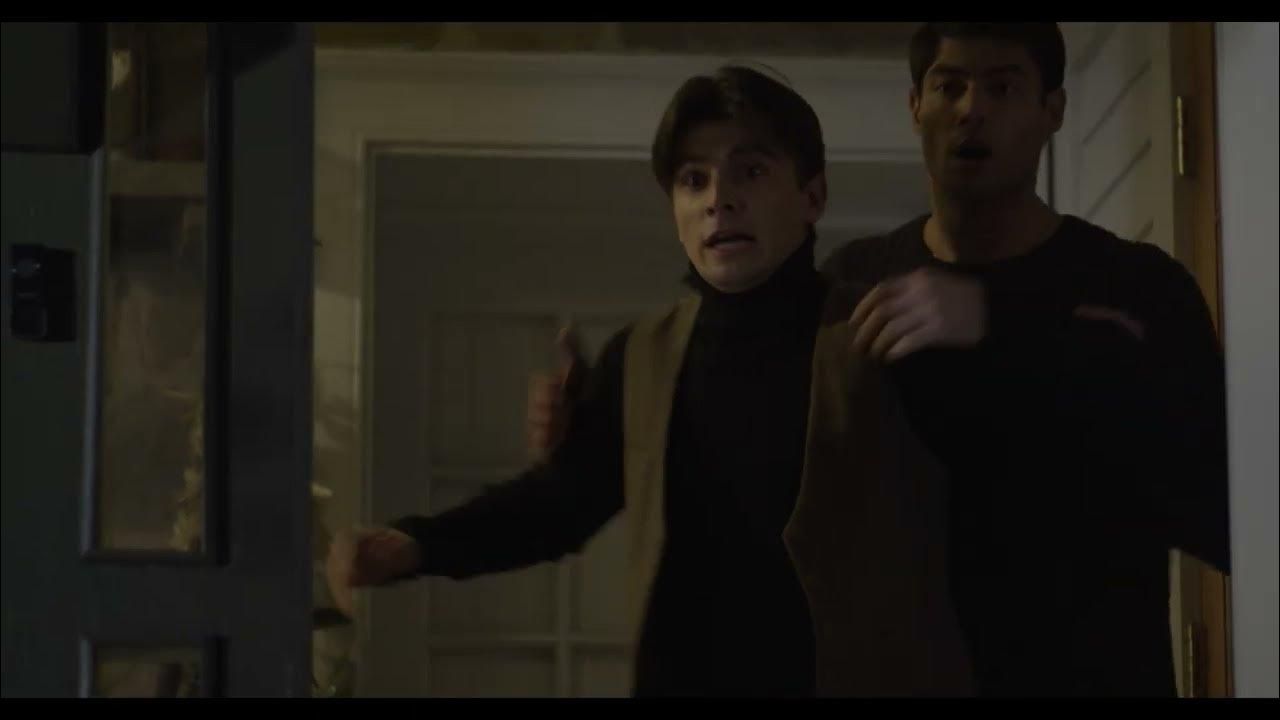
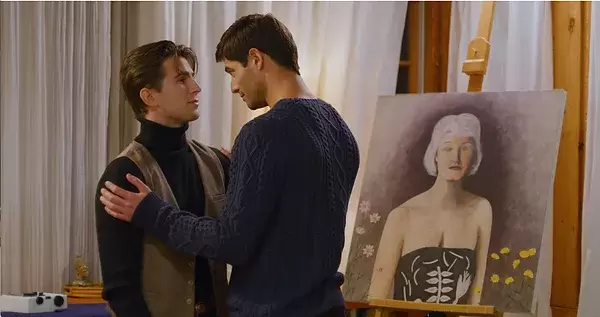
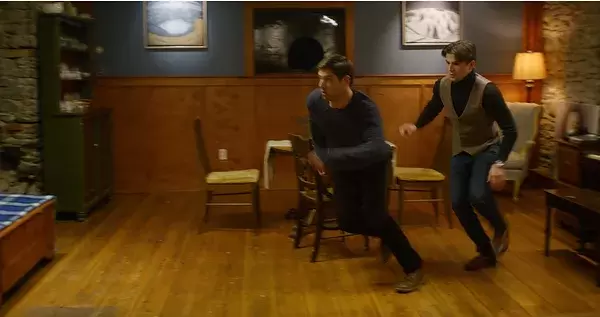
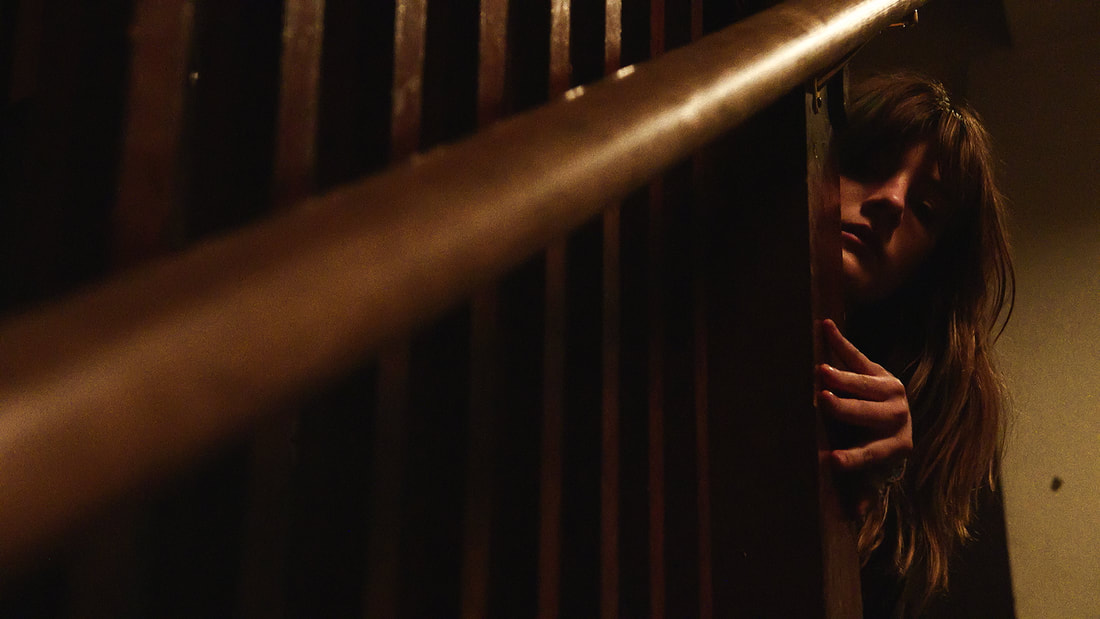
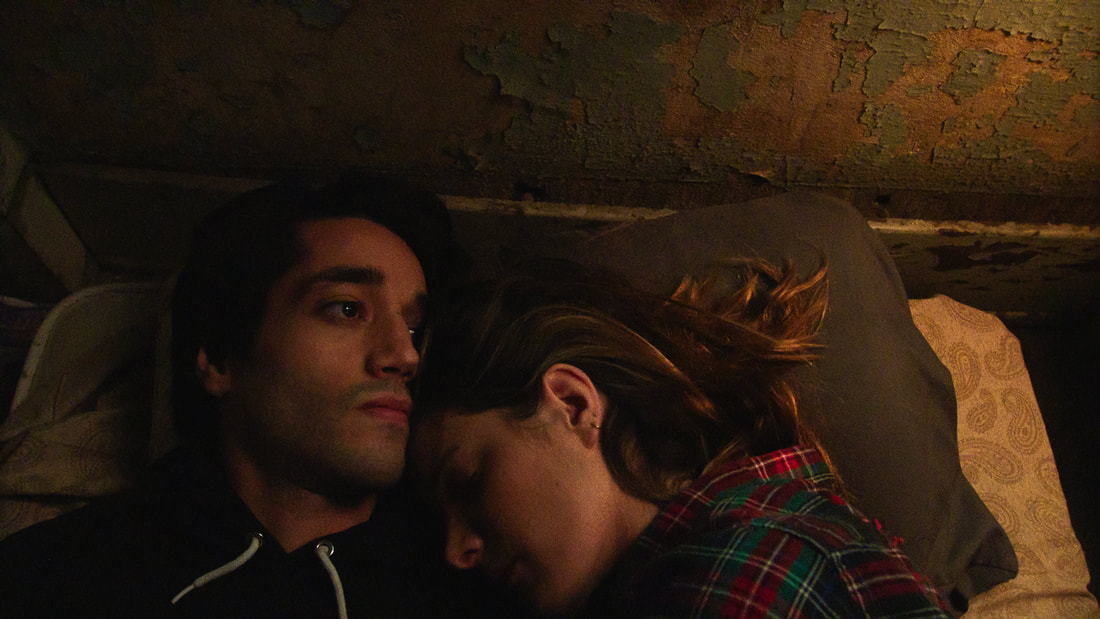

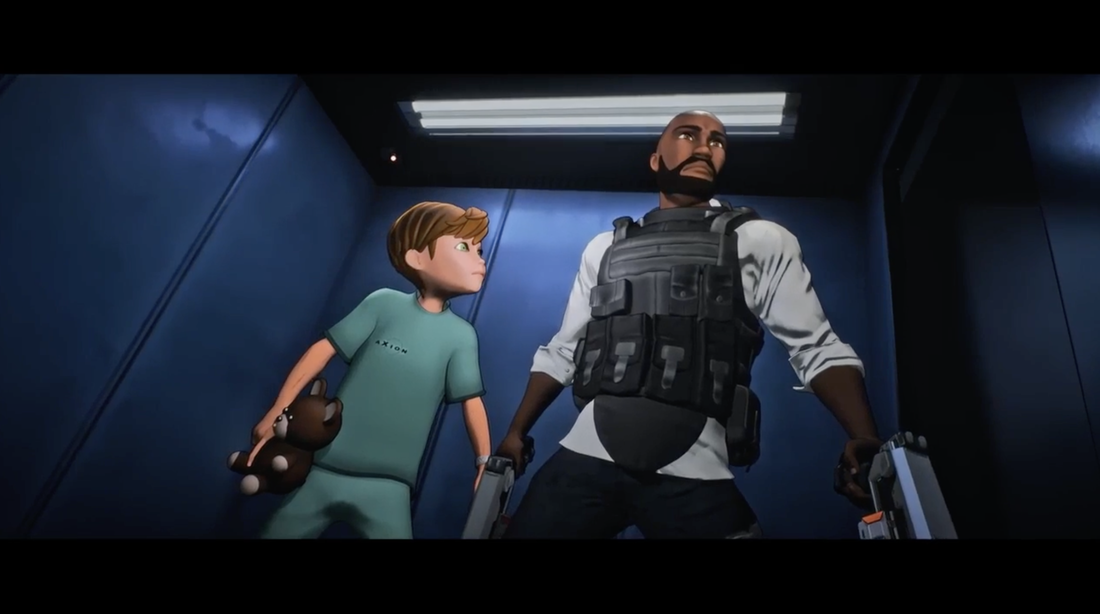
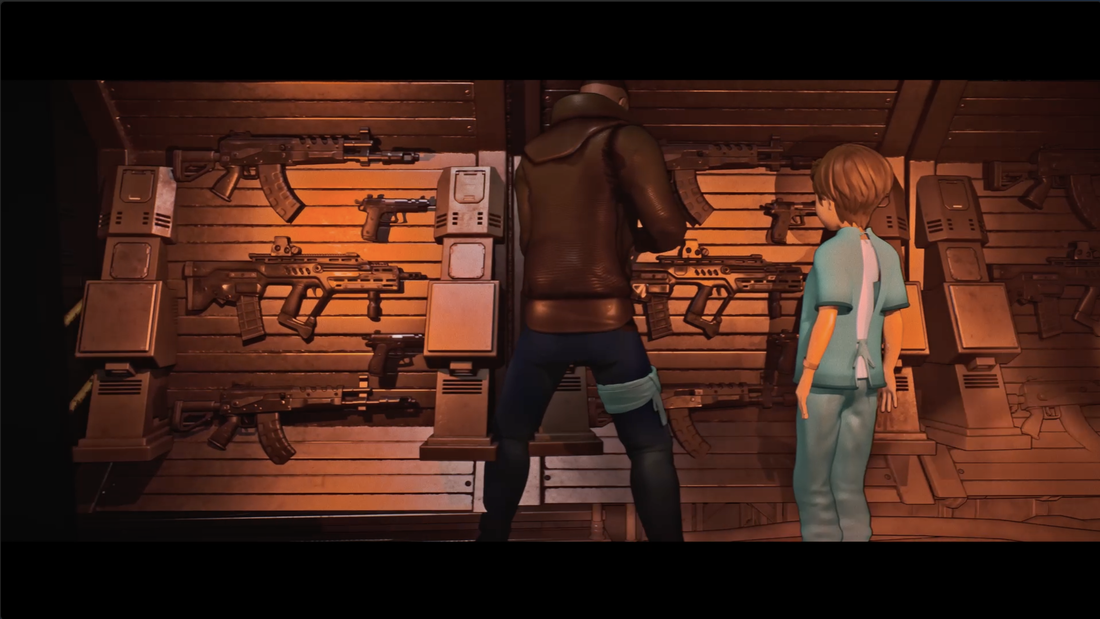
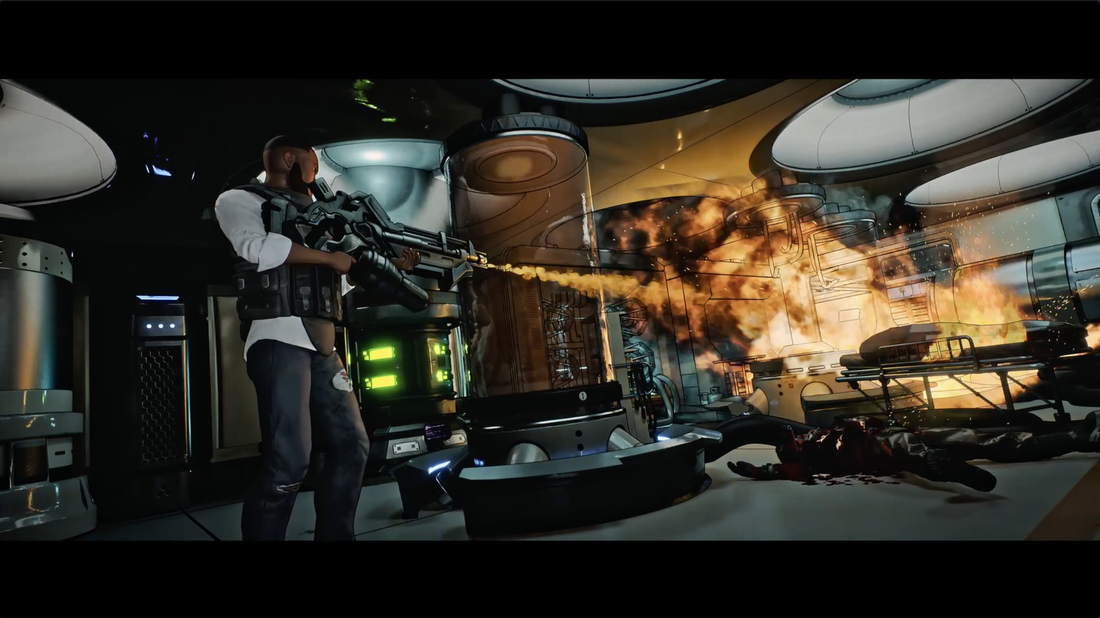
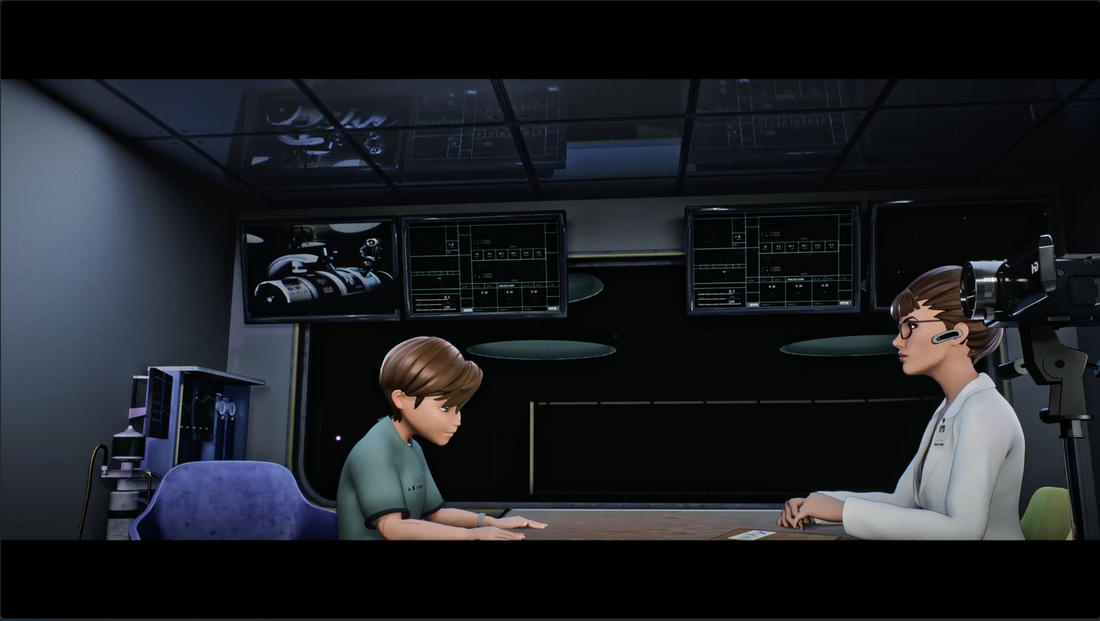

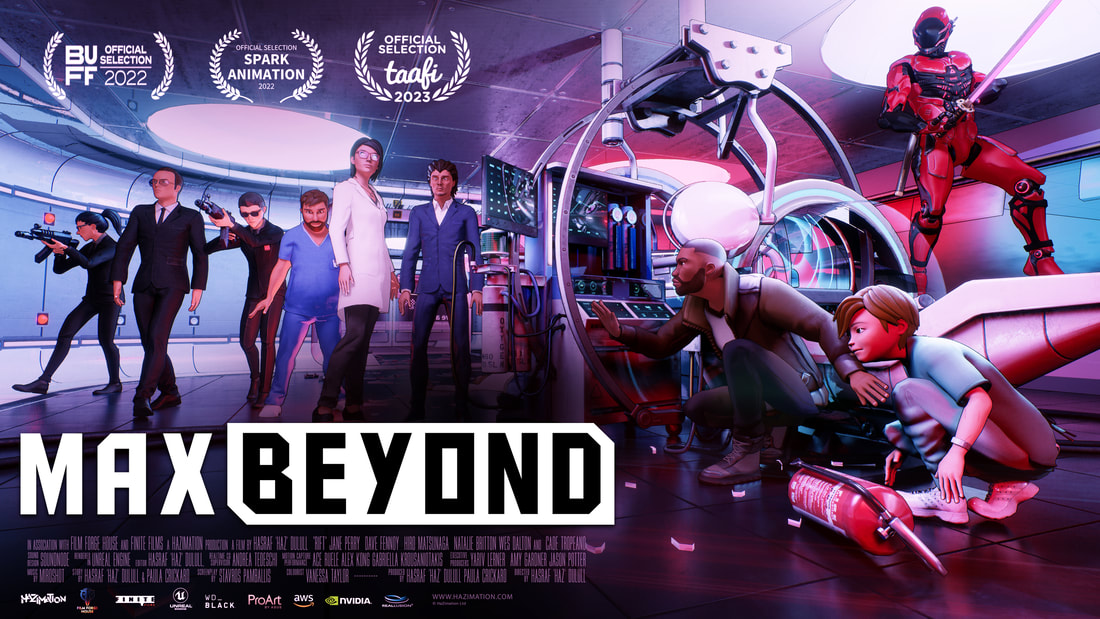
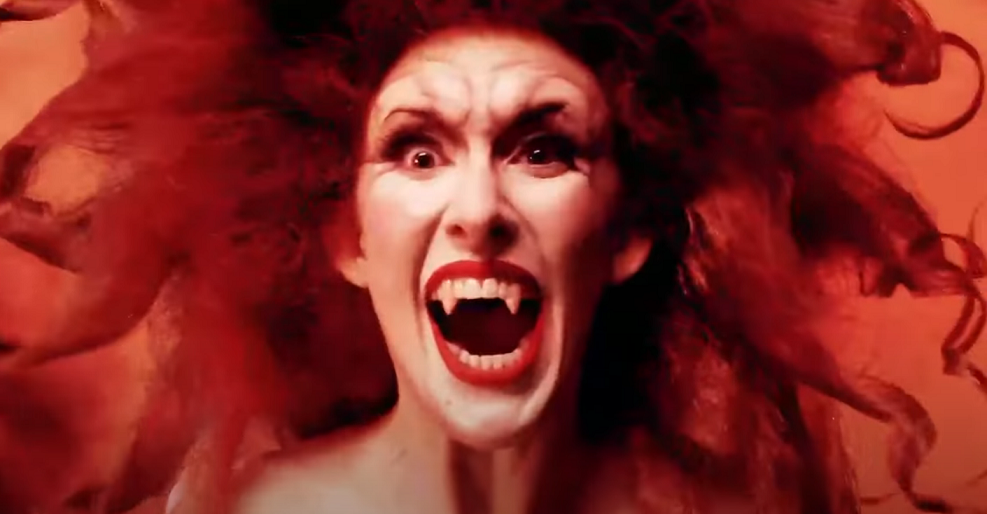
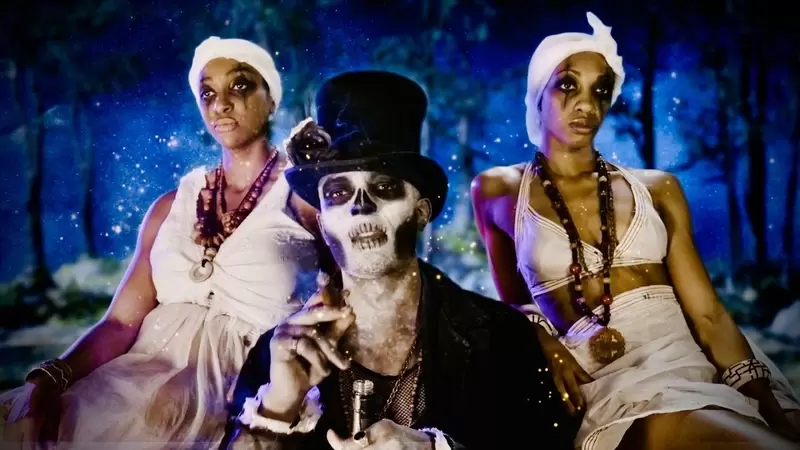
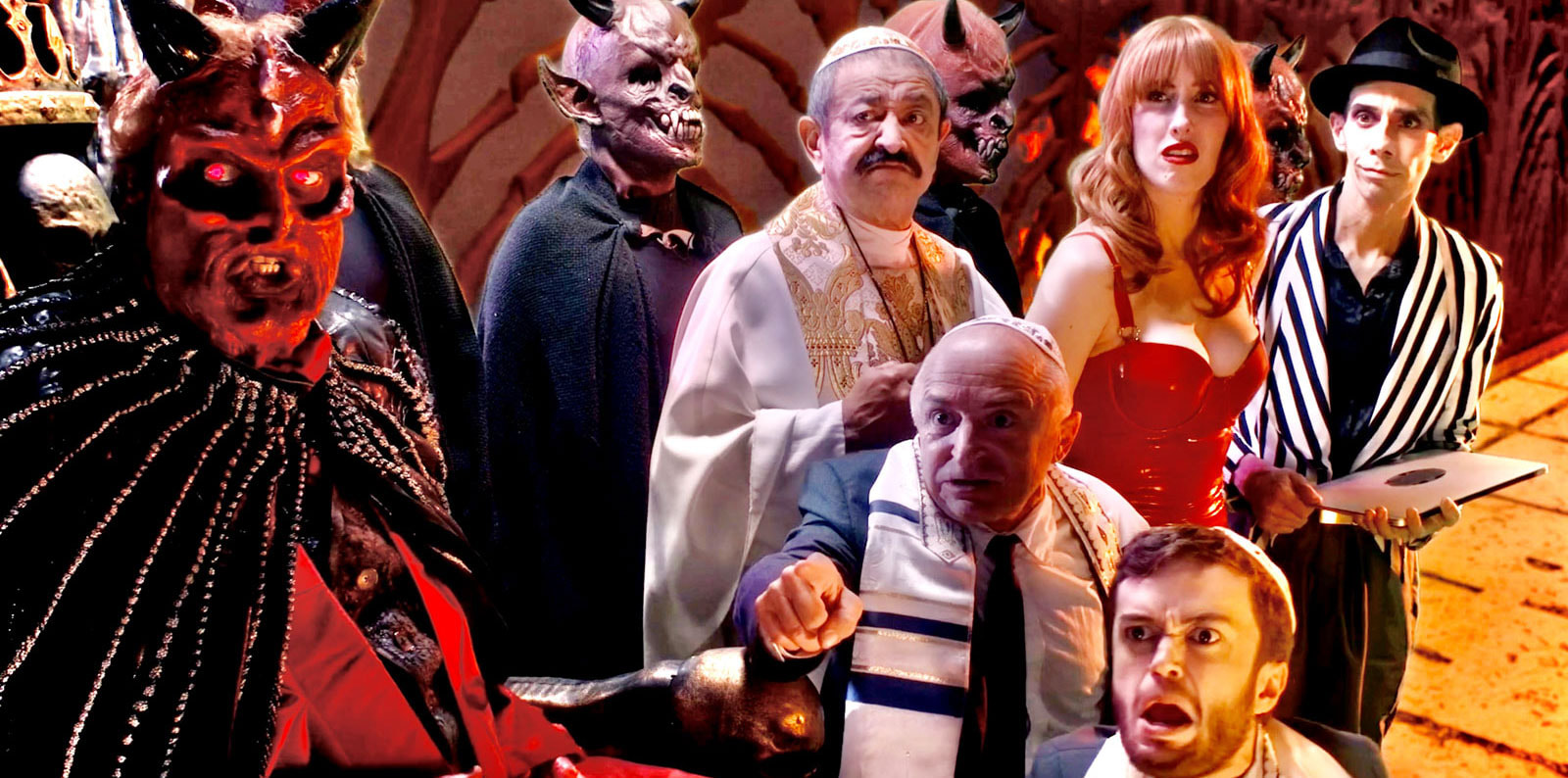
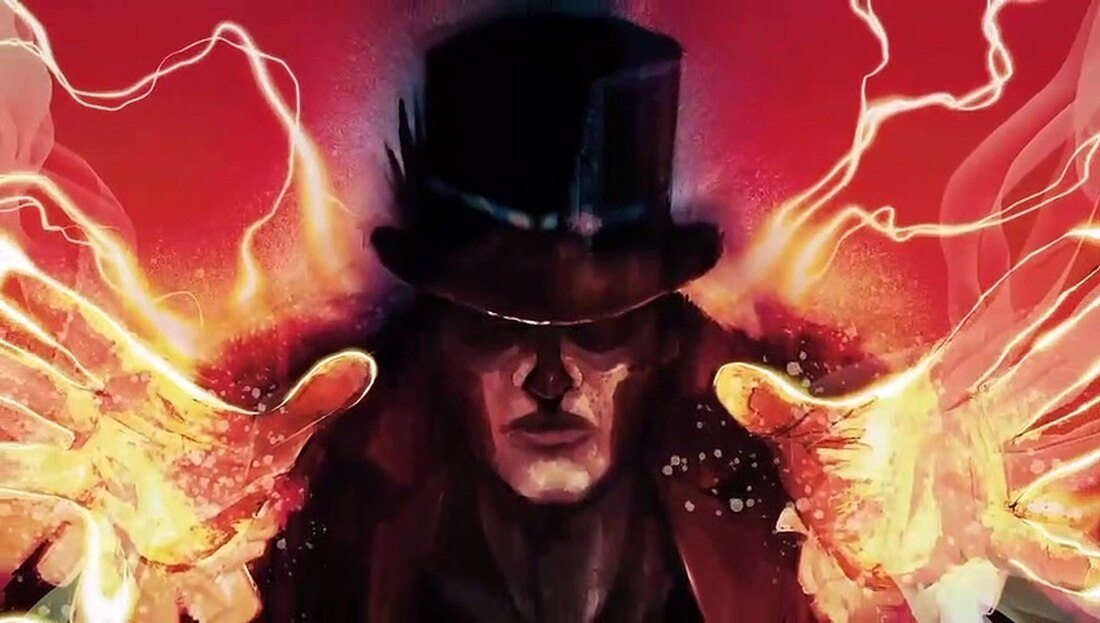
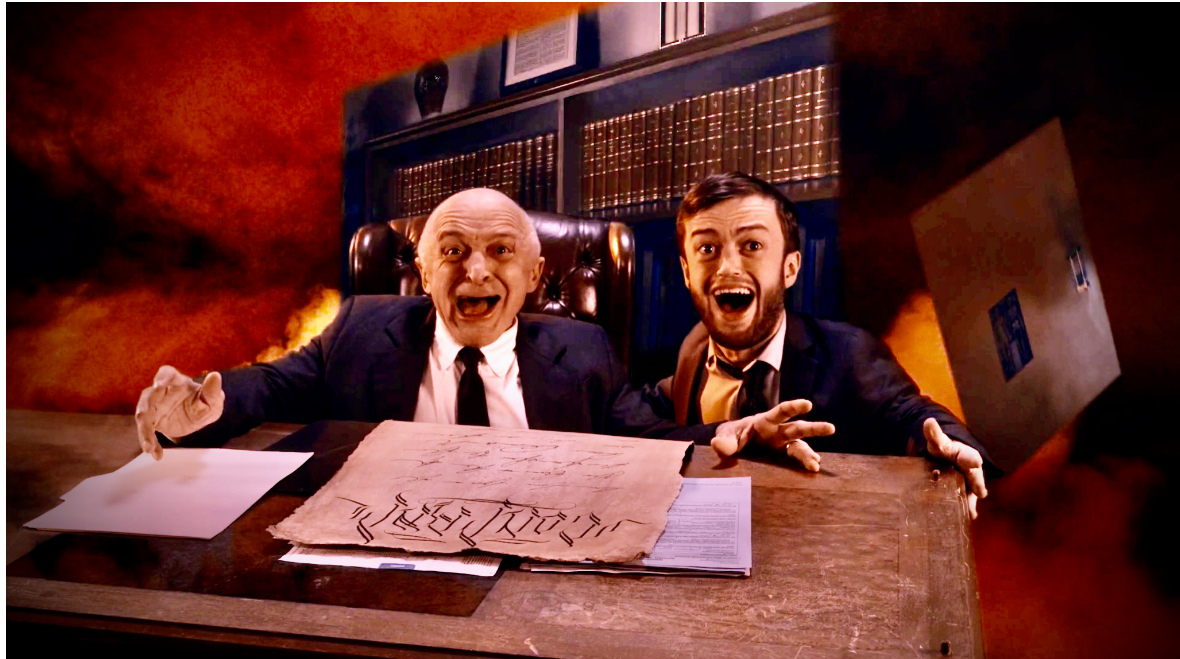

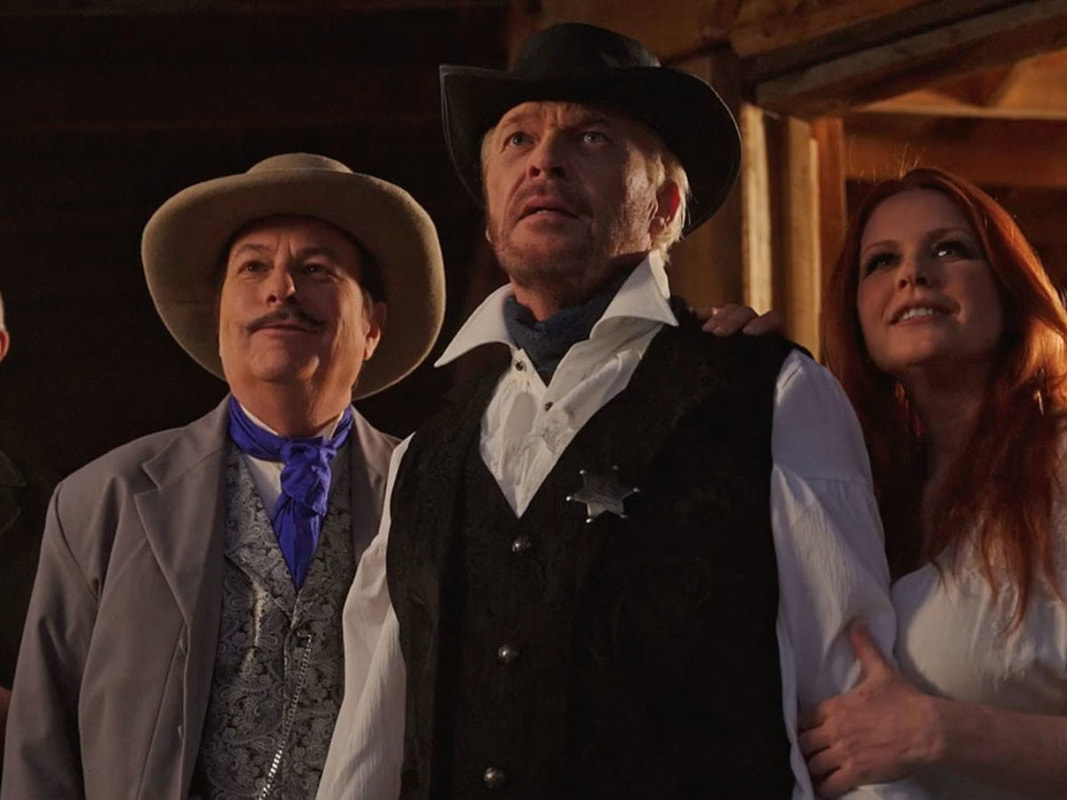
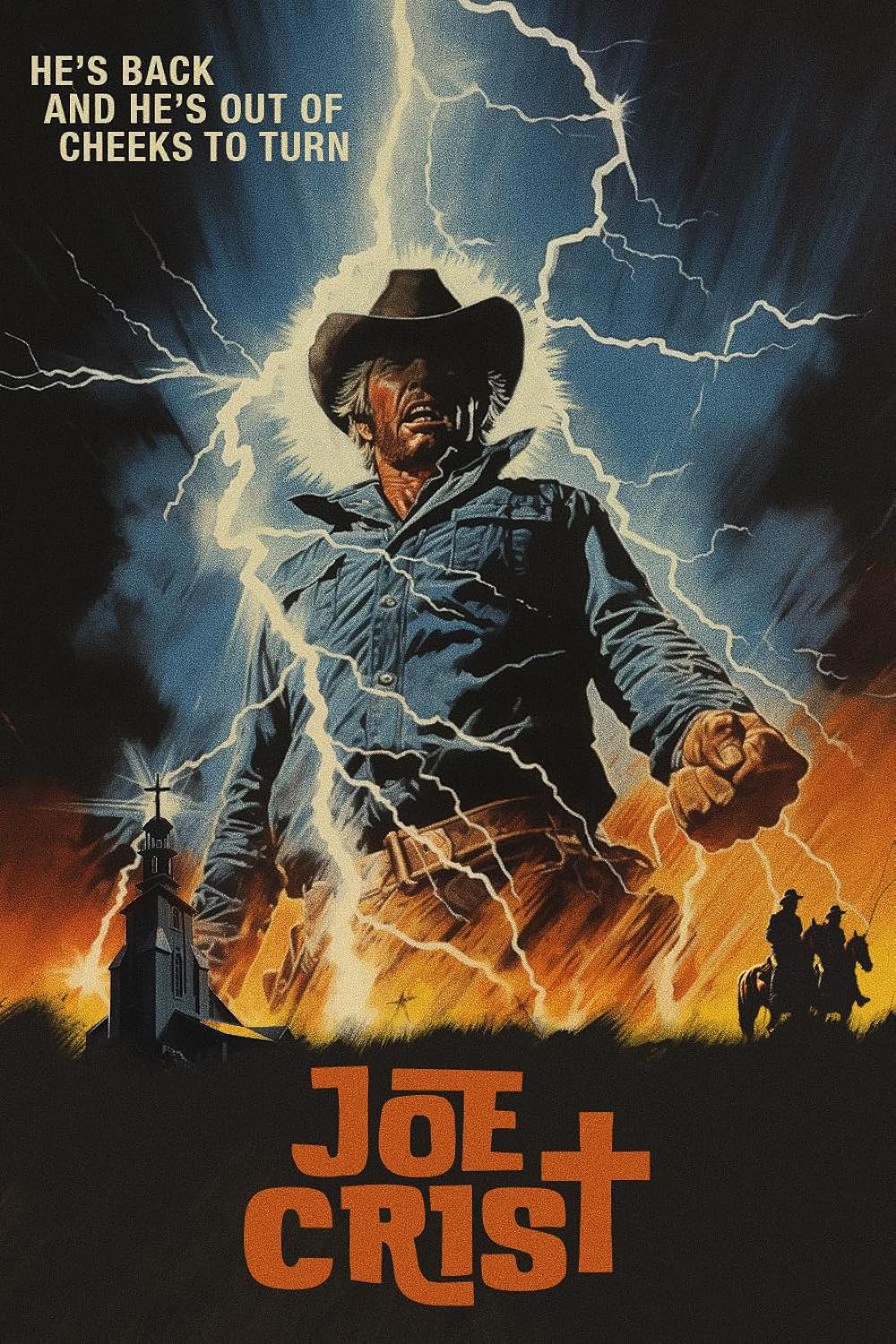
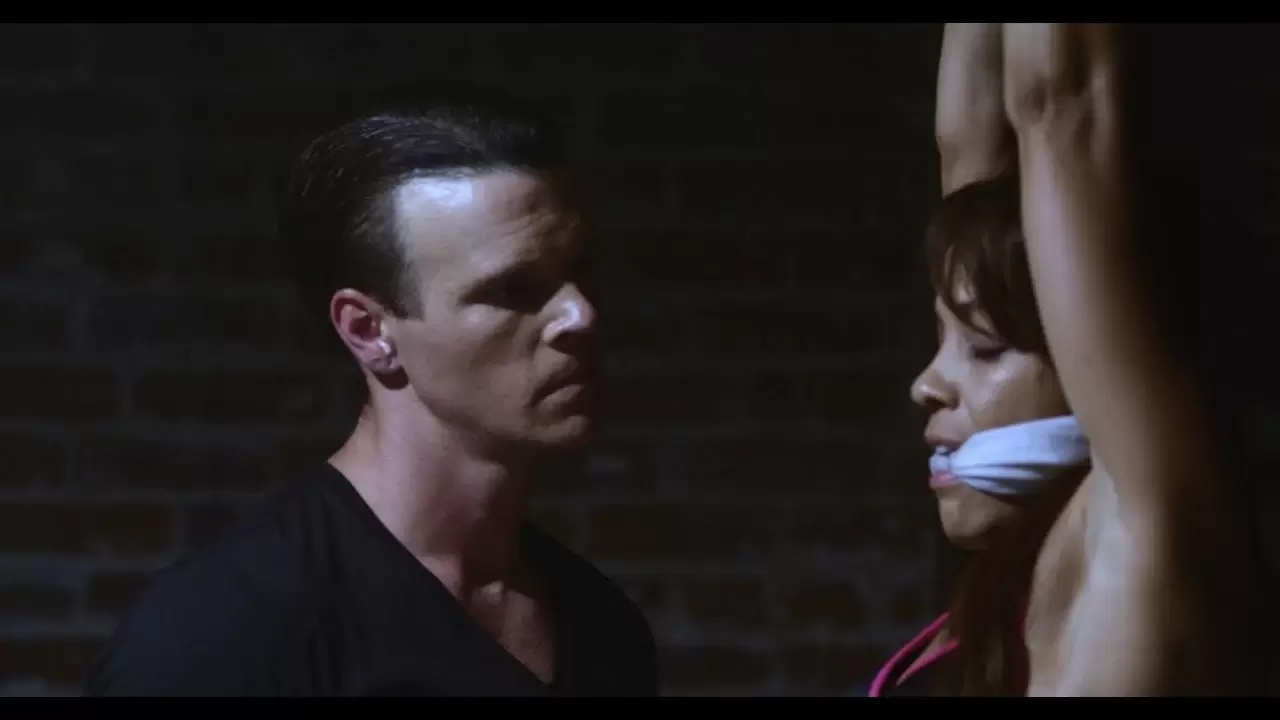
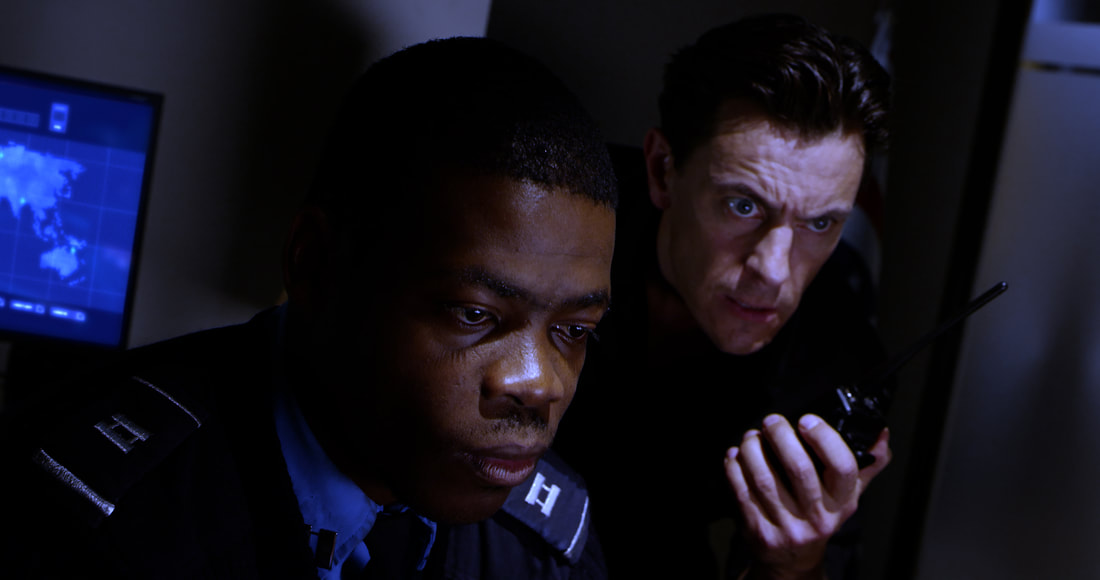
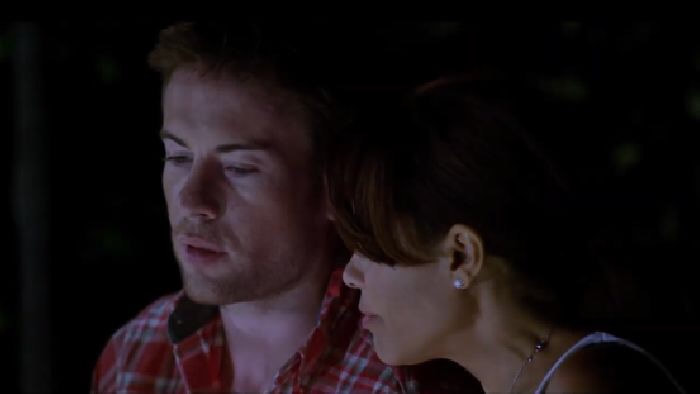

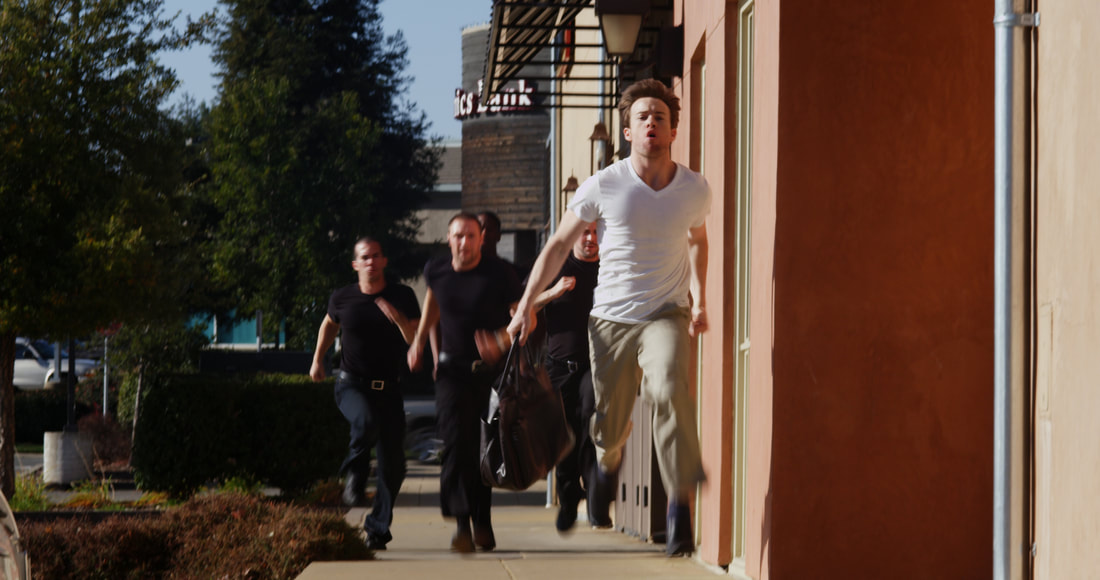
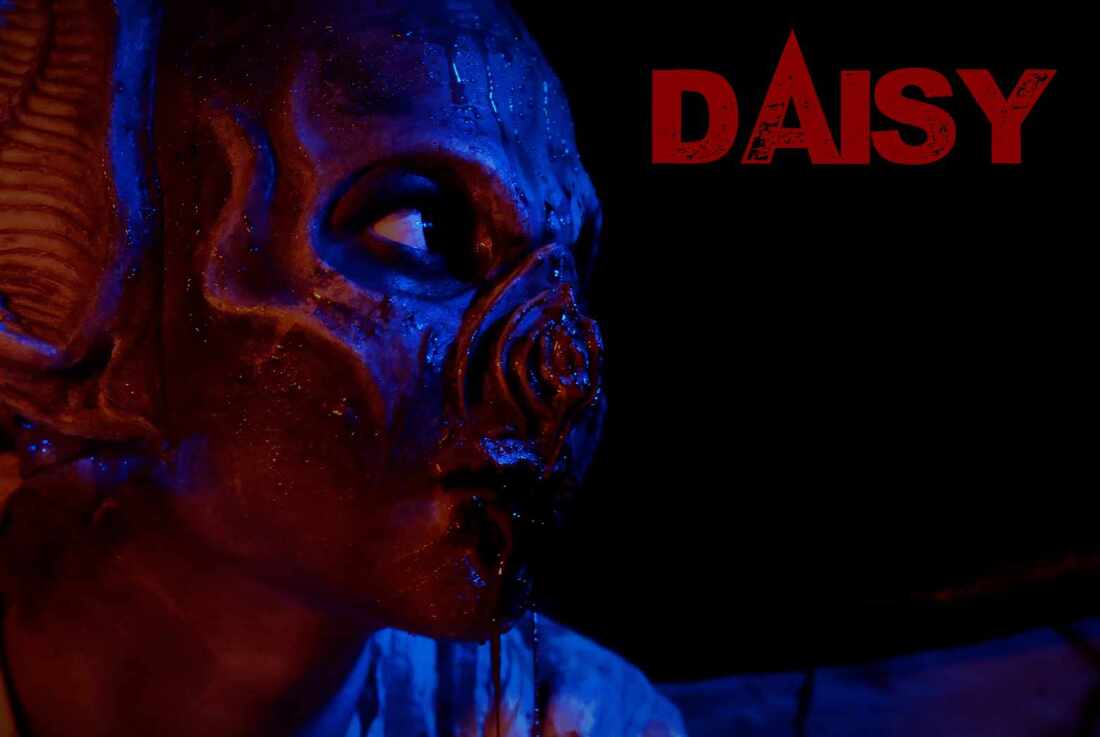

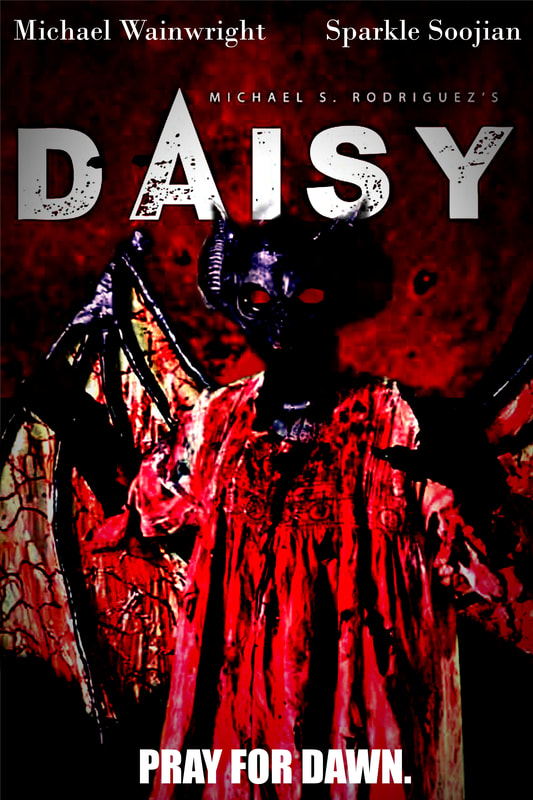
 RSS Feed
RSS Feed
